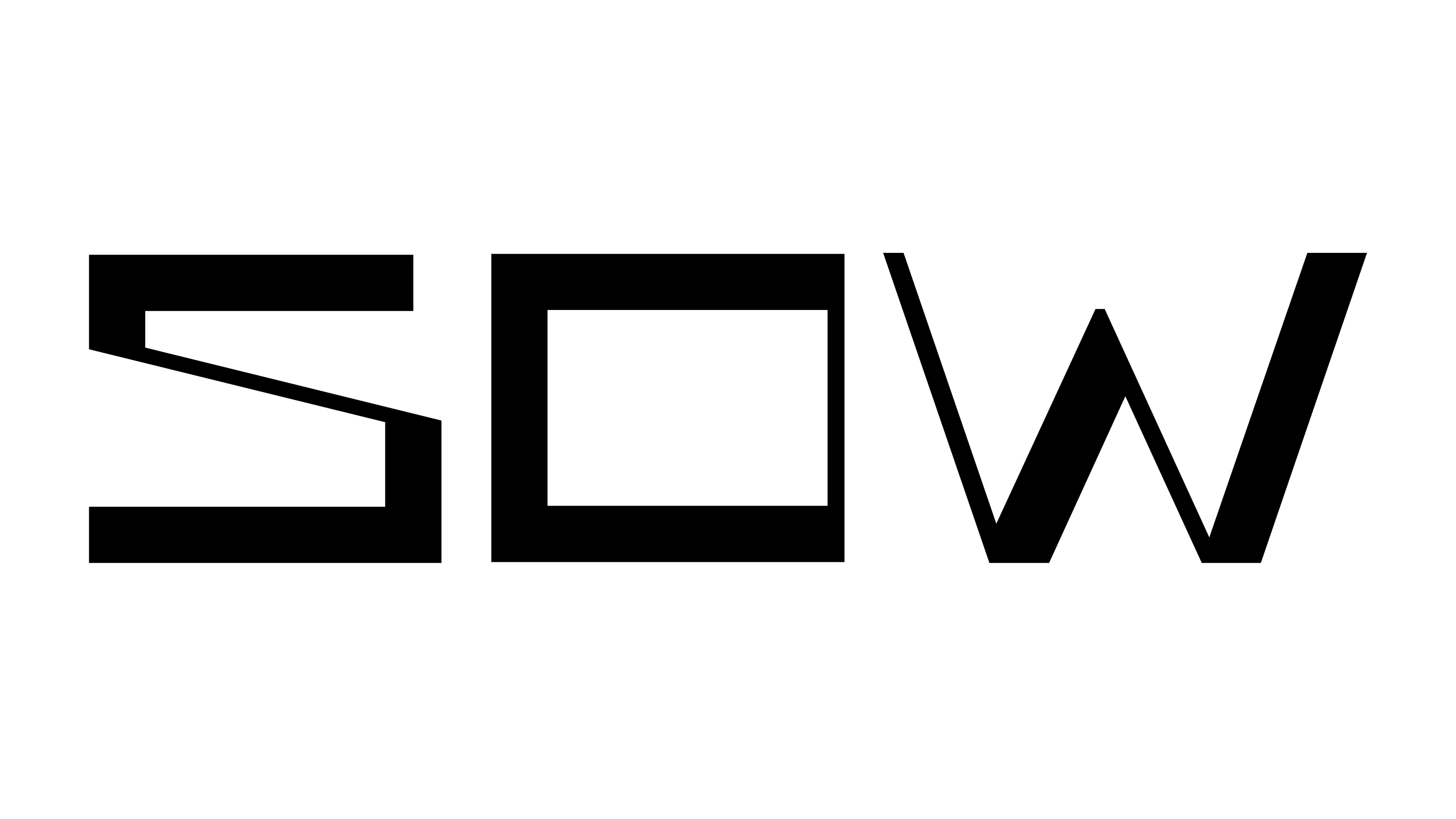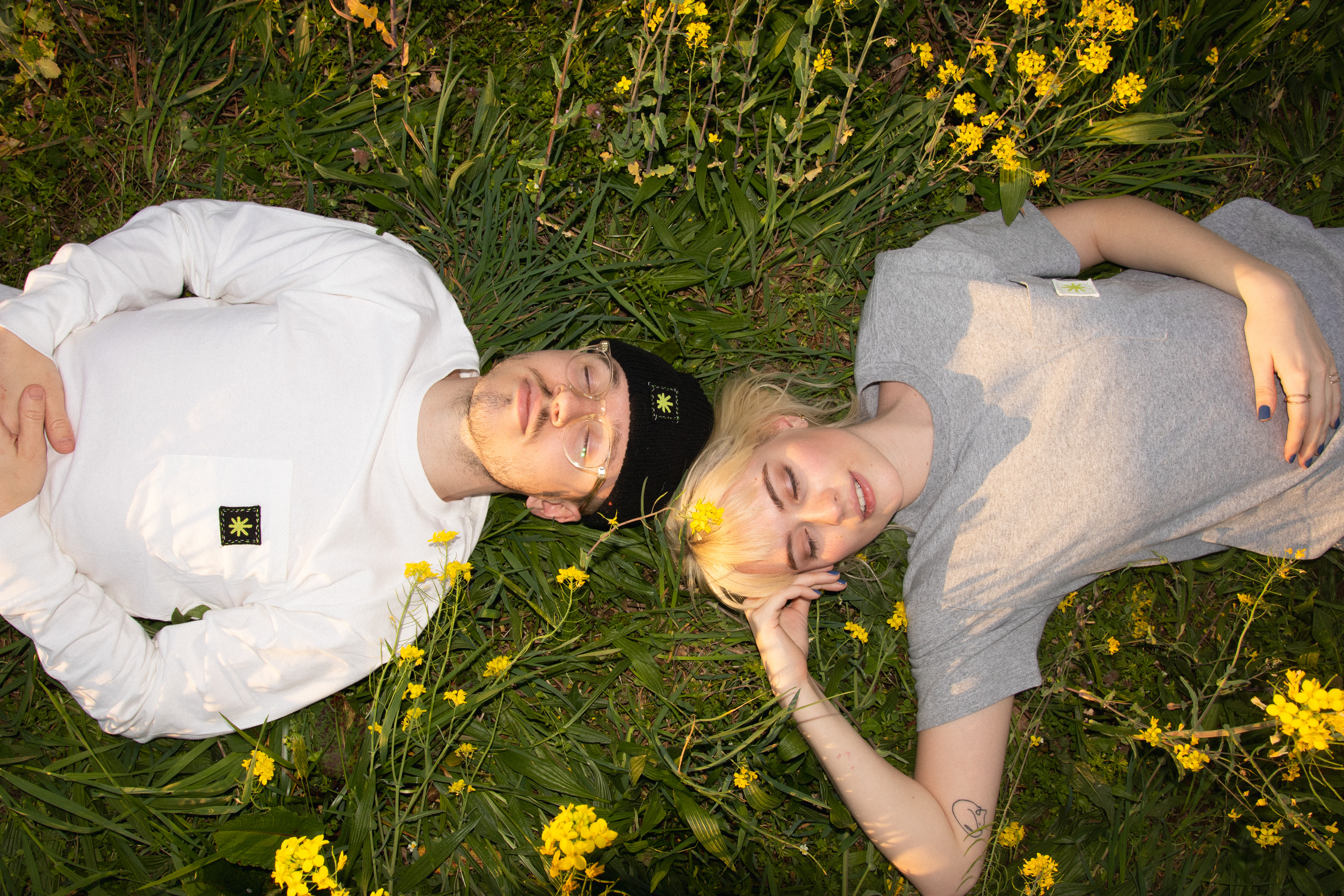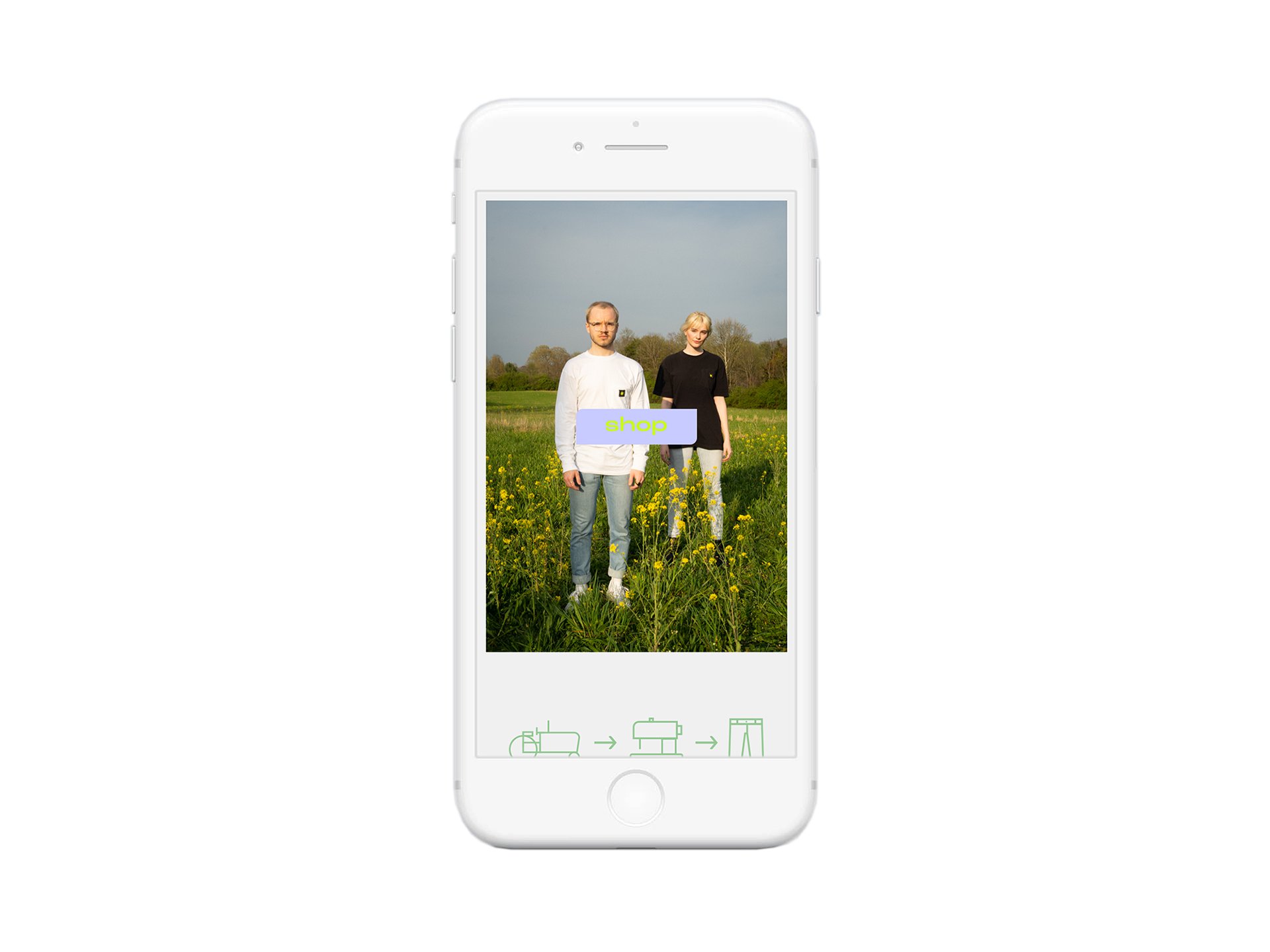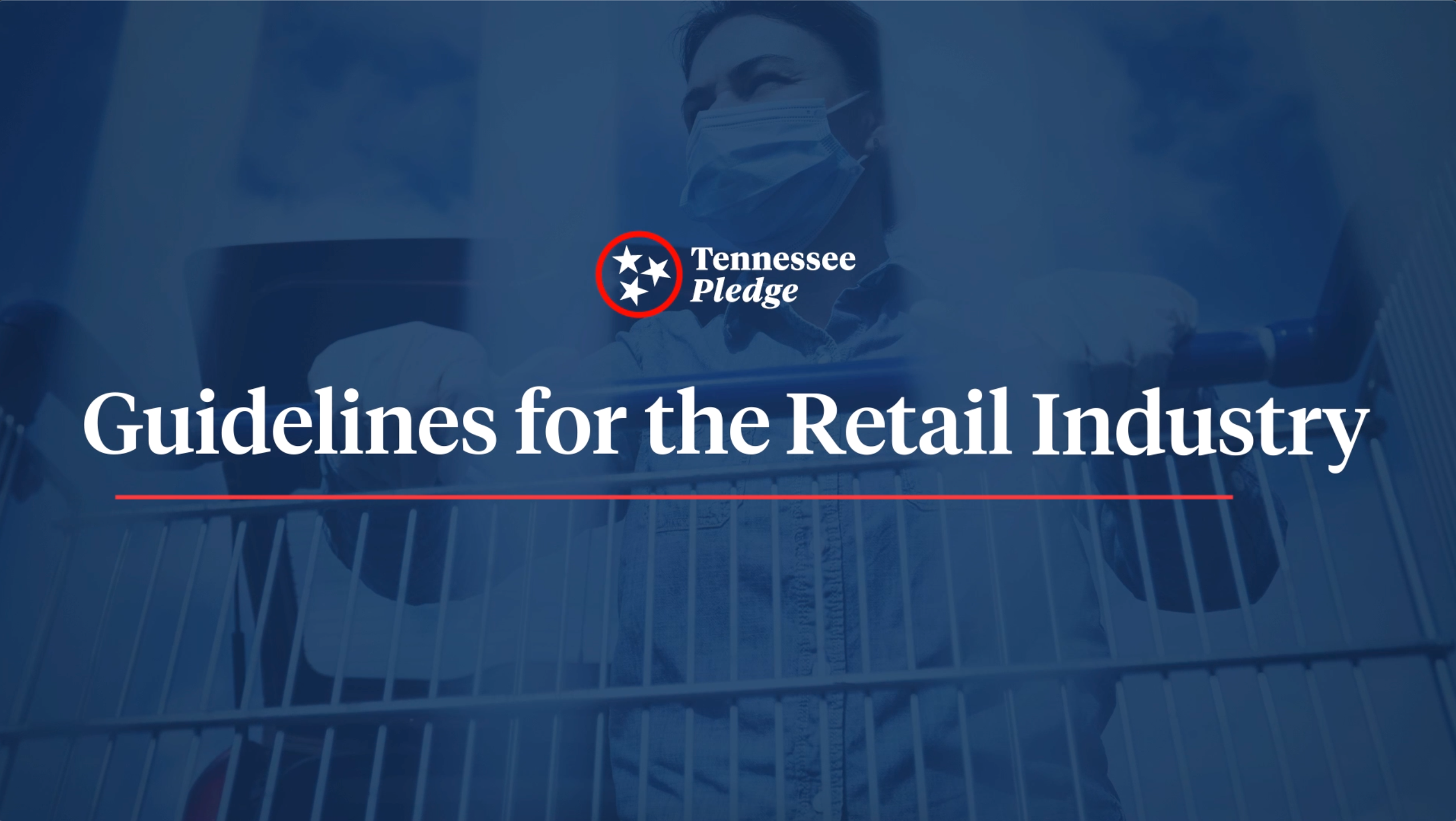If you would like to see the detailed document for this project, you can find it here.
The long process of creating this brand all started with a lot of research. I knew that Tennessee had (and still has) a lot of unused hemp, but I first needed to look into exactly what hemp was. Mainly because growing up I was taught that marijuana was evil and should never be spoken of and hemp was only for hippies to wear (both are lies). So I did a lot of research and found out that hemp and marijuana are completely different, but the same.
Basically, hemp and marijuana both contain THC and CBD. The psychoactive chemical (THC) and the calming, boutique favorite CBD (has properties that help with anxiety, stress, all that good stuff). The difference comes down to the amount of THC. Marijuana is just a term used for cannabis that has 0.3% and up to 30% of THC. The legal limit for cannabis is 0.3%, that's why anything under that is considered hemp. Most of the time they are very different plants because farmers have learned how to create massive varieties of the plant that contain different levels of CBD and THC.
Because of the massive wave of home remedies that contain CBD, lots of farmers hopped onto the train of growing hemp because not only is it popular, but it is incredibly easy to maintain, fast to grow, doesn't take up much acreage, and does not use a lot of water.
Alright, with all that being said, Tennessee had farmers that were growing hemp so that it could be sold to businesses to extract CBD out of and use for products. The only problem is that people started to question hemp legality because of its close ties to marijuana and a slew of other reasons (you can read more from one of my resources about the hemp overproduction here). So, what to do with all this hemp? Well, I had seen clothing in the past that was created using hemp. Patagonia had a hemp line of clothing, but most of it was a blend of cotton and hemp. And a lot of other companies were creating (in my opinion) poorly designed clothing with unappealing graphic tees, had poor marketing and usually reached out to a very small audience of people.
So not only was I solving the problem of overproduced hemp, but I was also focusing on sustainable clothing and giving hemp a good name again. I was basically killing 3 birds with one big o'l rock. To keep things brief, cotton is a non-sustainable crop that uses a ton of water, takes up a lot of land and is much harder to produce than alternative materials. Then there is polyester, which is plastic. Gross. Hemp basically cuts everything that cotton does in half, which is a lot more attractive. Sown clothing does not create blended clothing, but rather 100% hemp clothing. Yes, that is possible, and yes the clothing is soft! I received 100% hemp samples and you can create as soft and even softer textiles compared to cotton.
Ok, ok, let's just get on to the brand! Naming the brand was a task of its own, slowly finding my way to Sow. This was to connect the action of sewing clothing and sowing a crop. The first problem I found was that sow is actually the term for a cow. So I went back to the drawing board and added an "n" thus creating more action and easily solving the pronunciation issues. I then started creating a logotype that would fit the brand. I wanted something that was a stray from the usual beige and hand script looks I had seen too much of, and decided to go for a more progressive, in-your-face look that wasn't overly annoying. I went through some trouble finding something that didn't feel too "tech" or that felt like it was trying to be too hard to be modern. That's when I landed on the final logotype that felt natural with enough curved edges, had a modern sense, and was very minimal.



final logo below
The final logotype also included a hemp leaf that would be used as an asterisk. This was added on to be used in the word hemp (like h*mp) because it has almost turned into a taboo to say alongside marijuana. It also gave me the opportunity to use profanity in a more approachable way to have more fun.
Next, I chose colors that I felt matched the energy and personality of the brand. If you look at a field of hemp, it's green fields and blue skies. Sown is just a more vibrant version of that.
What's a clothing brand if it doesn't have any clothes am I right? To get a basic idea, I drew up two clothing items that could be staple pieces in the collection - a pair of work pants and a pair of overalls. The idea for Sown is a clothing company that really reaches out to the creative community. The clothes are comfortable, durable, odor-resistant, and look and feel great. At least that's the idea, which is possible thanks to the natural properties of hemp textiles!


Since I am not a clothing designer, but simply a graphic designer who loves clothing, I had to come up with a way to give life to the clothing and brand itself. So I took thread to the needle and created patches that were then sewn onto clothes that I thought closely resembled what I wanted the clothing of Sown to look like. This process was a little harder because it was right as COVID hit the U.S. But regardless, I was able to find clothes to inspire the lineup.
I looked at brands like Everlane that focus on minimalistic staple pieces such as t-shirts, button-ups, trousers, jeans, and sweaters. Ideally, I would have had more items to photograph, such as more colors, shirt styles (non-pocketed shirt, maybe a short and long sleeve button up), and a pair of simpler chino pants. I also wanted to focus on another thing that you might have noticed. Non-gender clothing! I wanted the clothing to fit everyone and anyone, and for people not to worry about being restricted. There could be sizes XXS-XXL, and although pants would be a little more difficult as far as fit, keeping everything as open as possible. Anyways, here are the photographs I created to campaign the brand.




















I had a lot of photos. And I needed something to do with them. How about some advertisements and a website for them to live on? So I made mockups on where Sown would be active, the storefront, and digital advertisements. I chose digital over print due to the waste created when using print advertisements, which my brand is trying to be more sustainable so why not take that to how it advertises? Most people use Instagram, Youtube, Facebook making it easy to reach a large audience, and digital billboards are becoming more popular.
And finally, the website where you can learn more about the brand, order the clothing, or just see what's in stock.










If you have made it this far, thanks! I hope you've enjoyed the work. This was my last project as a student at the university, and I put a good amount of heart into it. The semester got cut in half due to the pandemic, but my classmates and I managed to stay strong. As with most of our projects, I created a process book that goes into greater detail about the project that you can look at HERE! The document was made to be printed, but due to the outbreak, our class decided to do everything digitally. So, although it was made to be printed, enjoy it online!











